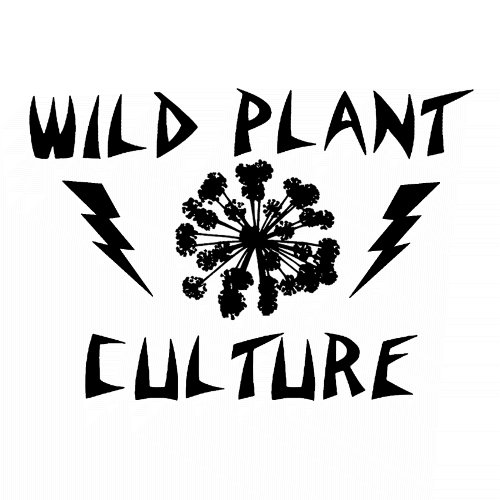Wild Tastes and Aromas

Blackhaw fruit. Sweet and prune-like, but mostly pit and skin.
Wild edibles are more than just survival food - they constitute a path to a deeper, sensual connection with the natural world around us.
When I'm walking in the woods, sometimes I wonder whether I'm really participating. Part of my path to rapport with the wild plant world has been honing a craft, that of botanist. I've spent captive hours leafing through field guides, through technical manuals with their abstruse vocabulary -- retrorse, imbricate, involute -- looking at ever smaller units through a hand lens and microscope to sort out the taxonomy of similar species and parse their inscrutable distinctions.
There is wonder in this world, the world of many fine parts. One defines a field of visual reality where the infinite progression of detail and diversity forms itself into allied species, genera, evolutionary surgings through history and habitat.
There is also a fetish of the name at work here, the primal magic of being able to name something and thus draw close to it, to control it in some ways, to classify and construct rules and covenants.
Recognition of species can be a heavily visual and linguistic affair. I can walk down a trail, staring at my feet as it were, naming: Polystichum acrostichoides, Sanguinaria canadensis, Galium circaezans, Berberis thunbergii, Lindera benzoin, Cimicifuga racemosa, wow! a Galearis spectabilis...
Do the taxonomic labels draw me close to the plants I love, or estrange me through familiarity and illusory understanding? Am I feeling the natural world in its intricacy and honing my animal senses? I seek a richer experience of the world around me but find it inconsistently and sometimes not at all.
* * *
I brush against a branch. Lush, aromatic foliage sweeps across my arm. I look up and focus outward, and pluck a leaf from the spicebush, crumpling it in hand. A sweet aroma warms the air and I inhale. For that moment of inward breath, I am fully present.
The spicebush aroma crosses the boundary between outer world and inner world. I've integrated some of the outside world into me. In so doing I've become more a part of the outer world, my awareness flares out and I am emplaced.
We're in a constant fluctuating relationship between an encapsulated sense of self and another sense of self. One that's located not just inside us, not just in the brain. The self is composed of our sensory reality, and our sensory reality isn't just inside of us. It's everything around us, swirling and circulating, respiring and inspiring.

* * *
Much of the rationale for foraging wild edible plants centers on one of two justifications. The first is the "survivalist" rationale -- if this crazy modern world went kabloooey, I'd know what bark to gnaw on, what tubers to roast.
The second rationale is the argument from Eden: these foods are free, wild, and abundant, and I can stock my larders with the abundance of the Earth and cast off the sins and tedium of agriculture and industry.
Both of these rationales are admirable in their own way, and both appeal to me. However, there are many plants that I wouldn't call "survival foods", nor are they foods I'd incorporate in my diet regularly. They're slow and tedious and sometimes oddly flavored.
But they still serve a function. The act of eating a wild fruit interrupts the concerns of the day and my normal experience with a vivid and immediate sensory reality. Like smelling the spicebush, it pulls me into the now and expands my mental world to include my bodily periphery and beyond. The act of incorporating a plant, this living form, into our being, forms a bridge between species, a crosswalk between human and plant, self and wild.
Wild tastes and aromas are the "spice of life", as it were. They help to bridge the gap from our habituated experience to a deeper immersion in the sensory world. They are a plant medicine to bridge the gap between the insular self and the outer world.
All eating experiences can be sensual. When I make a chicken paprikas following the recipe of my Hungarian grandmother, it evokes a sensory palette from the still-medieval village my grandparents inhabited, with its pungent locust smoke in winter, barking dogs, wrought iron fences, ankle-busting cobblestone paths, and faint smell of sewage by the river Danube. It reminds me of my grandfather cajoling us kids to eat more, cajoling my stepfather to drink more wine, and sloppily slurping the deeply red sauce while tearing off chunks of bread to sop up more.
The uniqueness of the wild edible experience lies in its immediacy - the food direct from a wild plant, the immersion not nostalgic but spatial and heightened, the connection with the source of nourishment unmediated. Even in small doses, it does much to cure the alienation of supermarket shopping and untraceable, processed and mediated eating.

Sweetflag rhizome - aromatic, bitter... and lobster-like in appearance
